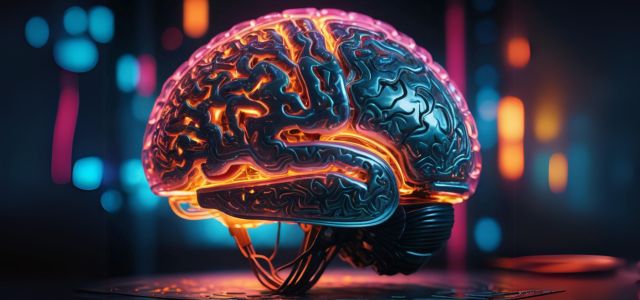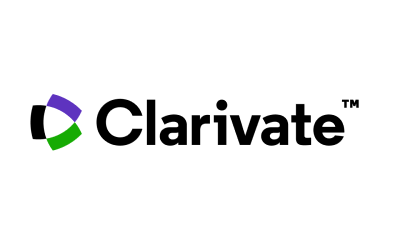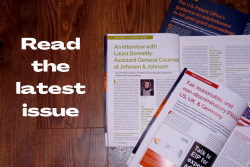The USPTO has issued updated guidelines on patent subject matter eligibility, specifically addressing artificial intelligence (AI) inventions under 35 USC 101. These updates, aligned with Executive Order 14110, clarify the evaluation process for AI innovations, ensuring they receive appropriate protection without conflicting with established legal precedents.
This update is essential for navigating the complex intersection of patent law and emerging technologies like AI. Understanding these changes is crucial for patent practitioners working in this rapidly growing field.
Background
AI is revolutionizing industries, creating an urgent need for clear patent examination standards. The USPTO’s guidance provides a detailed framework for evaluating AI-related inventions under current patent laws, responding to Executive Order 14110, which emphasizes AI’s role in addressing societal challenges and maintaining US technological leadership.
The updated guidelines build on existing frameworks for computer-implemented inventions, incorporating stakeholder feedback and recent Federal Circuit decisions. This update aims to create a nuanced framework for assessing AI-related patent applications.
Key elements of the guidance
Application of eligibility framework
AI inventions must satisfy 35 USC 101’s four statutory categories: processes, machines, manufactures, and compositions of matter. Treated as computer-implemented inventions, AI technologies follow the same analytical framework, with additional context provided for their unique aspects.
Judicial exceptions
The guidance addresses judicial exceptions – abstract ideas, laws of nature, and natural phenomena – offering specific examples and case law to help distinguish between abstract ideas and practical applications, crucial for AI inventions involving complex algorithms and data processing.
Evaluation of improvements
The emphasis is on technological improvements as a factor in patent eligibility. AI inventions improving computer functions or other technologies are more likely to be patent-eligible, aligning with broader goals of promoting innovation.
Examples and case law
New AI-specific examples and recent case law integration help clarify when AI-related claims are patent-eligible, providing practical scenarios for examiners and practitioners.
Stakeholder feedback and future updates
Developed collaboratively, the guidance reflects diverse perspectives, with ongoing updates expected as AI and patent law evolve.
Implications for practitioners
The guidance significantly impacts AI patenting. It offers AI-specific examples and detailed discussions on judicial exceptions and technological improvements, providing valuable insights for practitioners drafting and prosecuting AI-related patents.
Practitioners must demonstrate how AI inventions improve technological functions to increase patent success. Addressing challenges with judicial exceptions, especially for AI-related claims perceived as abstract ideas, is crucial.
As AI and patent law continue to evolve, staying informed about the latest developments and adapting strategies accordingly is vital. The USPTO’s commitment to updating this guidance ensures it remains relevant, offering a roadmap for effectively protecting AI innovations.
Practical tips for drafting AI patents
- Detail technological improvements: Clearly describe how the AI invention enhances computer functions or other technologies, explaining the technical problem, AI techniques used, and resulting benefits.
- Avoid abstract idea pitfalls: Frame claims to emphasize practical applications and specific technological implementations, not just underlying algorithms.
- Use real-world examples: Demonstrate practical utility through real-world scenarios, strengthening the case for patent eligibility.
- Leverage case law: Use recent Federal Circuit decisions to support arguments and anticipate challenges in AI patenting.
- Engage with stakeholder feedback: Participate in public comments and events to stay informed about trends and contribute to ongoing dialogue.
The future of AI and patent law
The USPTO’s updated guidance on AI patent eligibility marks a significant step in addressing challenges in this advancing field. As AI evolves, so will the legal frameworks, requiring practitioners to stay adaptable. This guidance is a roadmap for protecting AI innovations, ensuring they receive the protection needed to foster innovation and technological progress.

Written by Mark G. Bloom, CLP®, RTTP™
Director of Contracts / Chief IP Counsel, NSABP Foundation, Inc.
The Patent Lawyer Editorial Board Member
You may also like…
FRAND compliance and conditional injunctions: key lessons from China’s VoiceAge v. HMD SEP decision
Case background and conditional injunctions A recent ruling by the Fuzhou Intermediate People’s Court has drawn...
Clarivate delivers new AI-powered solutions within Innography for competitive benchmarking and standard-essential patent analysis
AI Classifier delivers patent classification with up to 97% first-pass accuracy for portfolio benchmarking, while SEP...
New Minister appointed with responsibility for intellectual property
The UK Intellectual Property Office (UKIPO) CEO has welcomed the new Minister. Kanishka Narayan MP has been confirmed...
Contact us to write for out Newsletter












